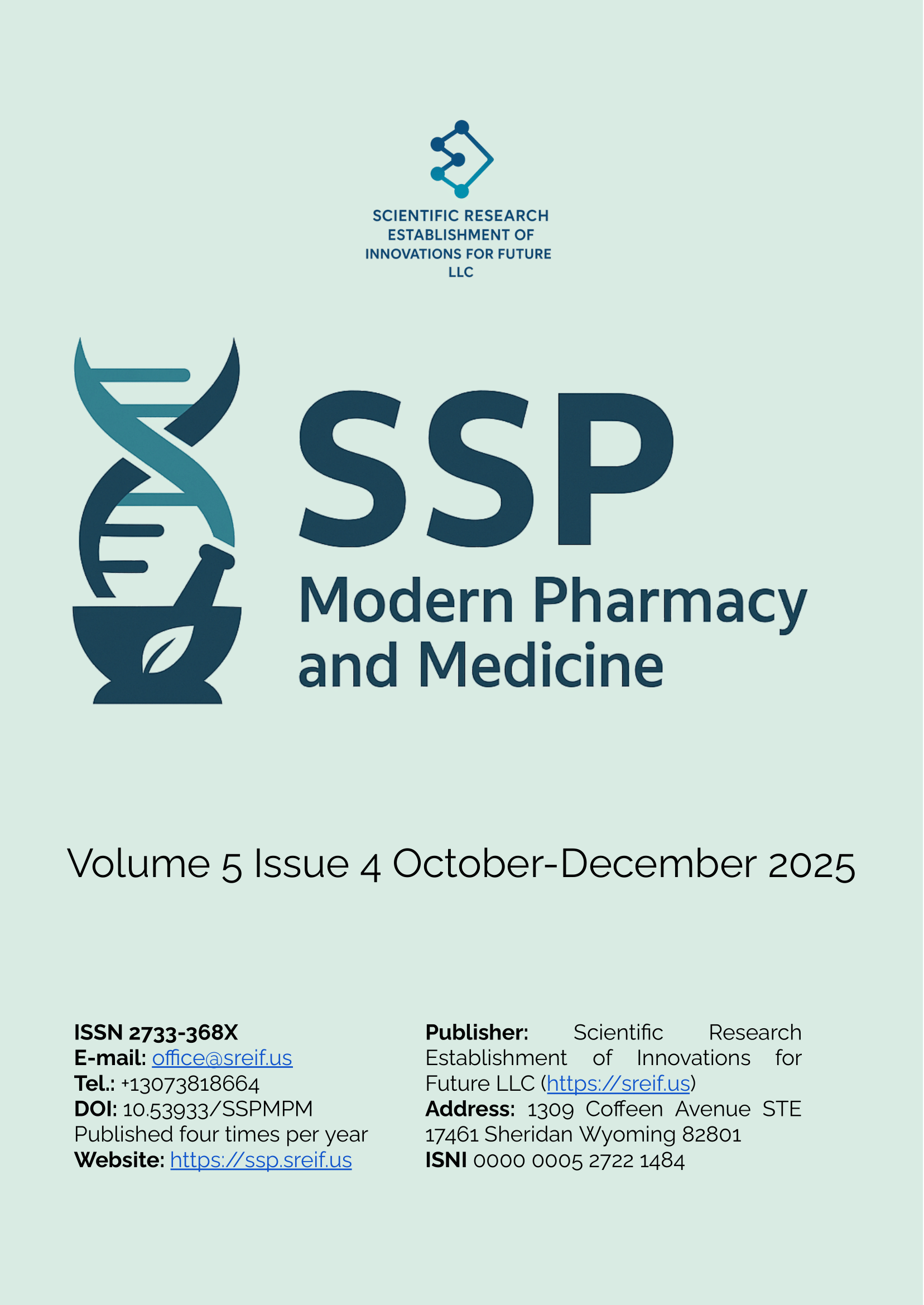Abstract
Kidney stone disease is a common polyetiological urological disease that is also often combined with bone mineral density (BMD) disorders. Currently, no common recommendations exist for managing patients with comorbid conditions such as osteoporosis and kidney stone disease. Therefore, the aim of the study was to evaluate bone mineral density, the trabecular bone score index, fracture risk assessment tool and trabecular bone score-adjusted fracture risk assessment tool risk in patients with nephrolithiasis. Materials and methods. The study was conducted based on the Urology Department of the O.O. Bogomolets National Medical University, Kyiv (Oleksandrivska Clinical Hospital, Kyiv), Department of Urology, Kyiv Regional Clinical Hospital, Kyiv, Ukraine. 80 patients took part in the study, among them 15 men and 65 women. All patients were divided into 2 groups. The 1st group with somatic diseases in remission without kidney stone disease and those without exclusion criteria (32 patients, women 31 (96.9%), men – 1 (3.1%), age 64 [58-72] y.o. The II group was introduced patients with kidney stone disease (48 patients, women – 34 (70.8%), men – 14 (29.2%), age 55.5[51.5-62.5] y.o. Results. Comparative analysis of X-ray densitometry did not establish a difference between bone mineral density in the comparison groups. However, the trabecular bone score was lower in patients with kidney stone disease (p=0.02). When evaluating anamnestic data in patients with the presence of nephrolithiasis, no differences were found in the frequency of fractures in the past (p<0.05). According to the 10-year assessment of the probability of fractures, the value of fracture risk assessment tool all trabecular bone score in the II group is probably higher, both in comparison with the I group and the fracture risk assessment tool all indicator. Conclusions. The need to recalculate the 10-year fracture prognosis taking into account the fracture risk assessment tool all trabecular bone score index is very relevant in patients with nephrolithiasis, as it can help to start therapy as early as possible to prevent fractures.
References
1. Pasiechnikov S.P., Voziyanov S.O., Lisoviy V.M. et al.; ed. by Pasiechnikov S.P. Urology: textbook for students of higher medical educational institutions. Kiev: New Book, 2013. 189 p.
2. Geraghty R.M., Davis N.F., Tzelves L. et al. Best practice in interventional management of urolithiasis: an update from the European Association of Urology Guidelines Panel for Urolithiasis 2022. Eur Urol Focus. 2023. Vol. 9. Iss. 1. P. 199–208. DOI: https://doi.org/10.1016/j.euf.2022.06.014
3. Isakova T., Nickolas T.L., Denburg M. et al. KDOQI US commentary on the 2017 kidney disease: Improving Global Outcomes clinical practice guideline update for the diagnosis, evaluation, prevention, and treatment of chronic kidney disease–mineral and bone disorder. Am J Kidney Dis. 2017. Vol. 70. Iss. 6. P. 737–751. DOI: https://doi.org/10.1053/j.ajkd.2017.07.019
4. Hans D., Goertzen A.L., Krieg M.A., Leslie W.D. Bone microarchitecture assessed by trabecular bone score predicts osteoporotic fractures independent of bone density: the Manitoba study. J Bone Miner Res. 2011. Vol. 26. Iss. 11. P. 2762–2769. DOI: https://doi.org/10.1002/jbmr.499
5. Leslie W.D., Binkley N., Goel H., McCloskey E.V., Hans D. Fracture Risk Assessment Tool adjustment using renormalized trabecular bone score from L1 alone may be optimal for fracture prediction: the manitoba bone mineral density registry. J Clin Densitom. 2023. Vol. 26, Iss. 4. P. 101430. DOI: https://doi.org/10.1016/j.jocd.2023.101430
6. Panahi N., Ostovar A., Fahimfar N. et al. Factors associated with trabecular bone score worse than bone mineral density in non-osteoporotic elderly population: bushehr elderly health program. BMC Geriatr. 2021. Vol. 21. Iss. 1. P. 444. DOI: https://doi.org/10.1186/s12877-021-02375-8
7. Povoroznyuk V., Grygorieva N., Kanis J., McCloskey E., Johansson H. Ukrainian version of fracture risk assessment tool: from creation to validation. Pain, Joints, Spine. 2021. Vol. 3. Iss. 23. P. 5–14. DOI: https://doi.org/10.22141/2224-1507.3.23.2016.85000

This work is licensed under a Creative Commons Attribution 4.0 International License.
Copyright (c) 2025 Oleg Nikitin, Illia Kordubailo, Olha Nishkumay, Mike K.S. Chan, Michelle B.F. Wong, Dmytro Klokol, Oksana Zaytseva, Hennadii Reznikov (Author)

